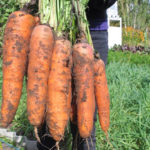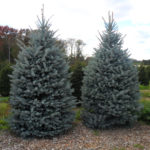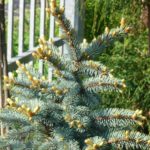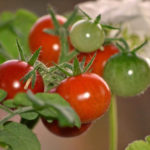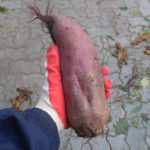Cherry variety North
Over the long years of breeding work, scientists have managed to breed varieties of thermophilic fruit trees that grow well and bear fruit in areas with unsuitable climatic conditions for them. These include the Northern cherry. The name already suggests the main characteristic - winter hardiness. Plants feel great in the 4th zone of frost resistance - the Moscow region and most of Russia, the southern regions of Belarus, the northern and mountainous regions of Scandinavia.
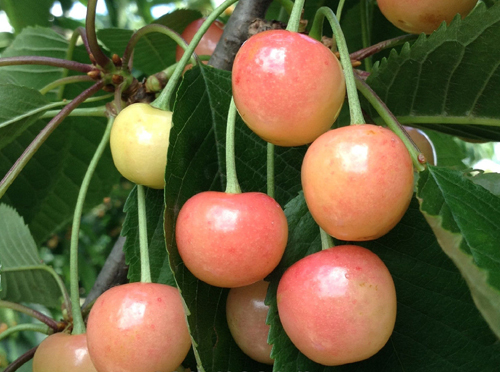
Description
The plant is medium-sized, about three meters or a little higher, with a thin and compact crown, reminiscent of an inverted pyramid. A feature is the growth of a large number of relatively small fruit or growth branches, which are located on the central conductor and semi-skeletal branches. This phenomenon is called overgrowing branches. Leaves are elongated-ovoid, short-pointed, with a serrate edge, green. Veins are visible on the surface. The flowers are not very large, with white petals, bisexual. Flowering occurs in May. Fruits are blunt-hearted, weighing about 4 grams. The main color is light yellow, the integumentary color is a pink blush covering half of the drupe. The pulp is of medium density, juicy, sweet and sour taste. The stone is small, easily detached.
Characteristics
- In the period of fruiting, the North enters the 4th year after planting a one-year seedling;
- The sweet cherry harvest ripens in mid-July. The yield of one tree is about 70 kg;
- frost resistance is very good. The culture can withstand from -28 ° C to -34 ° C;
- drought resistance at an average level;
- immunity is good. Unlike southern varieties, this one is resistant to fungal diseases;
- keeping quality is not very good, especially if the tail of the drupe is torn off. At an average temperature of 1 ° C and a humidity of 90 - 95%, the berries will lie for about 2 weeks.
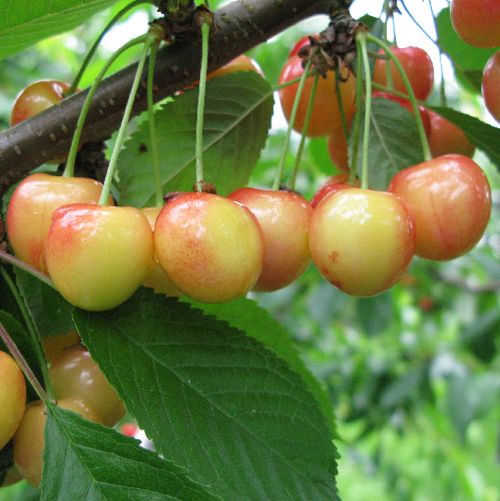
Agrotechnics
Focusing on the climatic conditions of regions suitable for growing, planting is best done in the spring. But the landing pit needs to be prepared in advance, preferably in the fall. Of the soils, loams with zero acidity are preferred. Cherry roots are sensitive to water stagnation, so the groundwater level in the area is about 2 meters from the soil surface. But watering must be done on time. Due to the peculiarities of the growth of the North, thinning pruning is carried out annually, preferably in April, before the start of sap flow. Nitrogen-containing fertilizers are applied in spring, autumn, and potash and phosphorus fertilizers are used to increase frost resistance. Birds are a big problem during berry ripening. To save the harvest, gardeners resort to various tricks, for example, throwing a fine mesh on the tree or hanging CDs.
Pollinators
The northern one is self-fertile, therefore, suitable varieties are planted nearby as a pollinator - Muscatnaya, Narodnaya, Krasavitsa, Pobeda, Zolotaya Loshitskaya.
Among the main advantages of the variety are coccomycosis resistance, high winter hardiness and productivity. Short shelf life is not a problem at all. Indeed, from the fruits of cherries, you can prepare a lot of delicious preservation for the winter - jams, compotes, blanks for pies.
